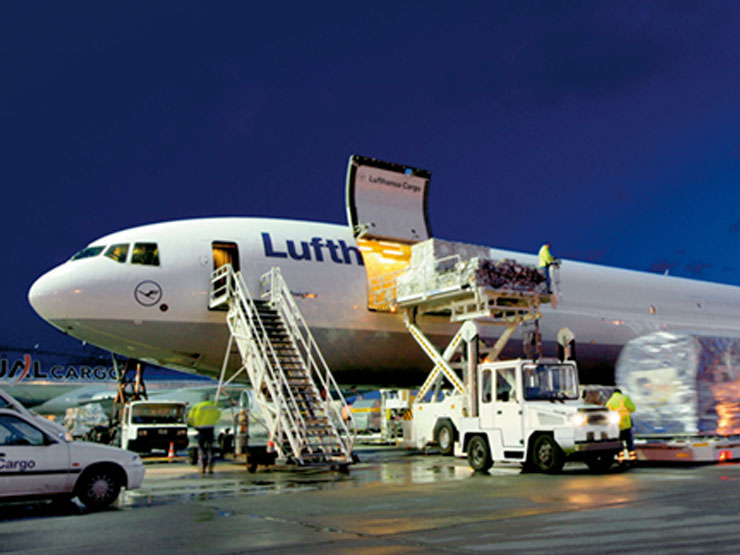
Representatives from Argentina’s fresh produce export sector are starting to see the fruits of a new market development policy adopted by president Mauricio Macri, with countries such as China and Japan on track to allowing access for blueberries and cherries.
“With the great supply pressures on markets that have been growing from the Southern Hemisphere with countries like Chile and Peru increasing their volumes, we Argentines are more motivated each day to open new markets.”
He said while low prices had been seen for blueberries in China during 2016-17, he believed it was just an issue of “adjustment and adaptation”.
“China is a medium to long-term bet. It’s still not a large consuming market but demand is rising and it’s very healthy,” he said.
Cherries on the waiting list
As is often the case in market entry applications for the Chinese market, the system works on a priority list. Once blueberries get the go-ahead from AQSIQ, Argentina’s cherries will be next in line.
rgentine Chamber of Integrated Cherry Growers (CAPCI) executive manager Aníbal Caminiti is upbeat that negotiations with China could be around the corner if the blueberry deal is signed.
“We have already made some drafts and we are waiting on the first inspection visit from AQSIQ at the end of the year. But for us it’s fundamental that the blueberry protocol is completed so that we can go ahead,” Caminiti said.
For Japan, the outlook is different.
“We are waiting on the visit from inspectors this season and we expect that for 2018 we’ll be able to have the protocol ready [for Japan].
Caminiti said Argentina had an extended trading window which gave the country great advantages over what would be its main source of competition in China – Chile.
“We have the same season but we can start a little bit before with some early varieties in the northern regions, where we can make the most of airfreight shipments.
“Also, we finish a little bit after with our production which is in parallel to Chile Chico [in Patagonia], and from there it’s logical that transport will be by seafreight and we’ll be able to reach the destination until the months of March and April.”






